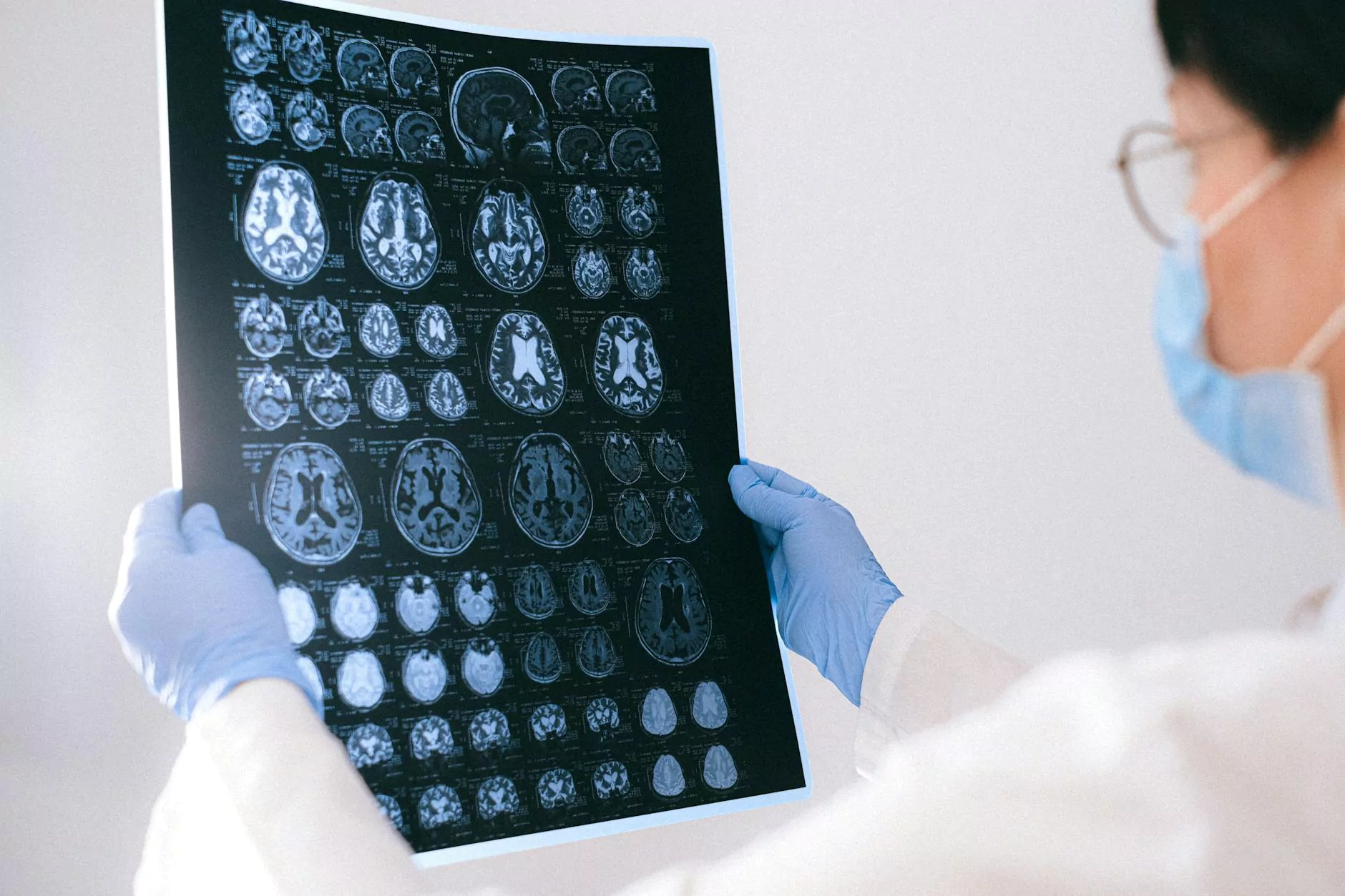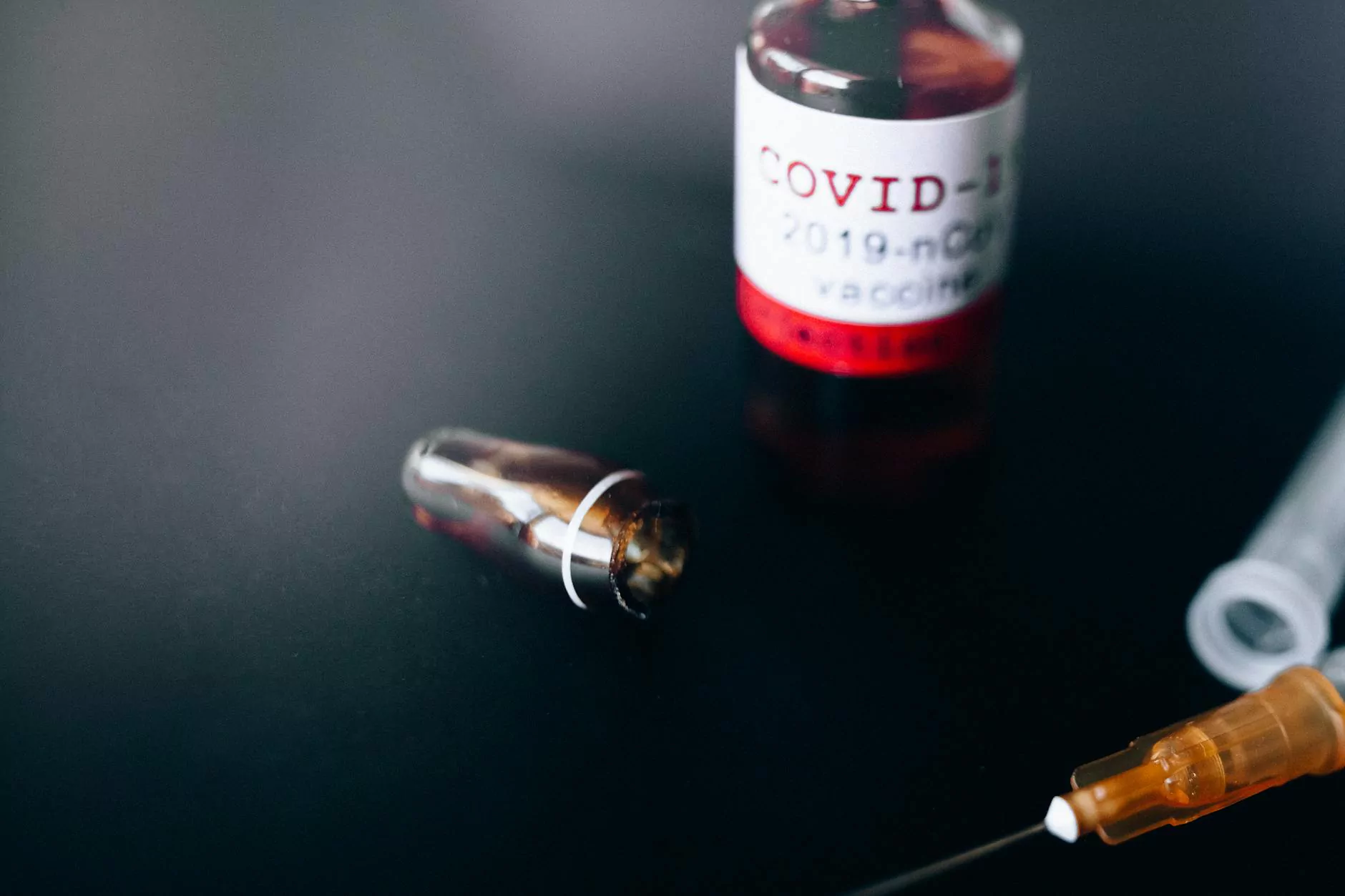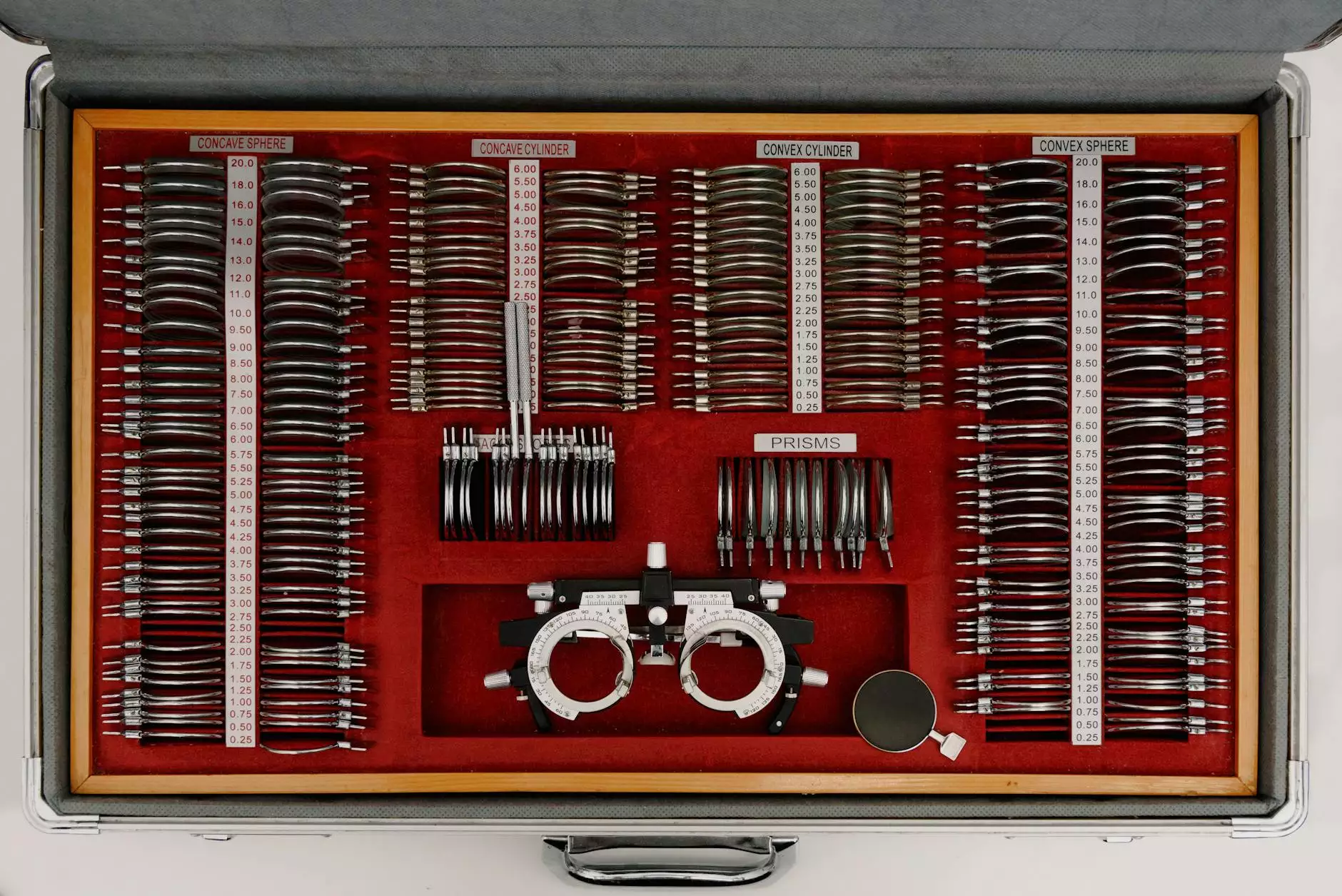The FDA: A Brief History

Introduction
Welcome to RN Patient Advocates, a trusted provider of consulting and analytical services in the business and consumer services industry. In this article, we will delve into the rich history of the U.S. Food and Drug Administration (FDA) and its significant impact on healthcare, safety regulations, and our daily lives.
Early Beginnings
The FDA traces its roots back to the late 19th century when the U.S. Congress passed the Pure Food and Drug Act in 1906, aimed at curbing the widespread sale of adulterated and misbranded food and drugs. This landmark legislation paved the way for the creation of the FDA, which officially became the agency's name in 1930.
Mission and Responsibilities
The FDA's primary mission is to protect the public health by ensuring the safety, efficacy, and security of a wide range of products, including but not limited to:
- Pharmaceutical drugs
- Medical devices
- Dietary supplements
- Cosmetics
- Food and beverages
- Tobacco products
Throughout its history, the FDA has played a pivotal role in conducting research, establishing regulations, conducting inspections, and enforcing compliance to safeguard consumer welfare.
Evolution of FDA Regulations
Over the decades, the FDA has consistently adapted to the ever-changing landscape of scientific advancements, emerging health risks, and evolving consumer demands. The agency has implemented various regulatory frameworks and guidelines, such as:
Drug Approval Process
The FDA's drug approval process is a rigorous and comprehensive evaluation conducted to determine a drug's safety and efficacy before it reaches the market. This process involves preclinical and clinical trials, thorough analysis of data, and scrutiny of the drug's benefits and potential risks.
Food Safety Standards
The FDA sets stringent food safety standards to minimize the risk of contamination, foodborne illnesses, and improper labeling. Through its inspections, auditing procedures, and regulatory oversight, the FDA ensures that food products meet established quality and safety requirements.
Medical Device Regulations
Medical devices, such as pacemakers, implants, and diagnostic tools, are subject to FDA regulations to guarantee their safety and effectiveness. The FDA assesses the design, manufacturing processes, and clinical performance of these devices to ensure they meet rigorous standards and do not pose unnecessary risks to patients.
Protecting Public Health
The FDA's commitment to protecting public health extends beyond regulations and inspections. The agency actively engages in post-market surveillance, monitoring adverse events, and taking necessary actions to mitigate risks and ensure product safety. Through collaborations with healthcare professionals, researchers, and industry stakeholders, the FDA continuously strives to enhance the overall safety and efficacy of regulated products.
The Future of the FDA
As we embrace the digital age and witness rapid advancements in medical technology, the FDA faces new challenges and opportunities. With the rise of personalized medicine, gene therapies, and artificial intelligence, the FDA is at the forefront of adapting regulations, fostering innovation, and meeting the evolving needs of the healthcare industry and consumers.
Conclusion
In conclusion, the FDA has been a vital force in safeguarding public health and ensuring the safety of various consumer products. At RN Patient Advocates, we recognize the importance of compliance with FDA regulations and offer expert consulting and analytical services to businesses operating in the highly regulated landscape. Contact us today to learn how our experienced team can support your compliance efforts and help you navigate the complex world of FDA regulations.










